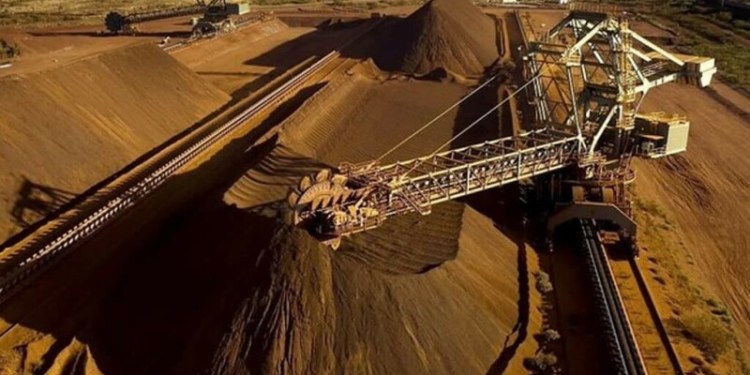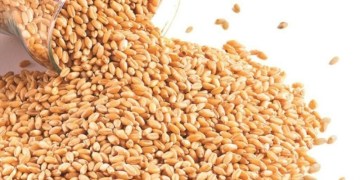The price of rubber has tanked to the lowest level in more than four years. The selloff accelerated in recent days as the Southeast Asian cartel that controls the majority of production takes an unusual step and refrains from cutting supply during the current slump.
The commodity, used to make items from tires to latex gloves, is a politically-charged crop and prone to government intervention, as price declines in the past have sparked widespread protests by farmers.
The rubber market—valued at more than $30 billion a year—is suffering, with prices down 5% from last Thursday and down as much as 30% this year on worries of oversupply and slowing growth in China, the world’s biggest importer and buyer.
But this time the International Rubber Consortium, which accounts for more than two-thirds of global output, is staying out of the action.
The group has discussed the selloff and is “monitoring the situation closely.” It will consider action “if and when necessary,” said IRCo Chief Executive Yium Tavarolit on Thursday.
On Monday, Mr. Tavarolit said “macroeconomic uncertainty” underpinned the decline, and added that member countries were urging producers to manage output and sales in the current market.
That is a change from February, when the cartel publicly urged members not to sell the commodity to help stem a plunge when prices sank more than 7% in February’s first 10 days. Still, that didn’t stop prices from extending their slide.
The cartel sought that tactic in August 2012, when Thailand, Indonesia and Malaysia collectively cut exports for six months after prices fell to a three-year low to help stem the slide. The move triggered a knee-jerk price boost, though prices pulled back in the low-output season from February to May.
“It’s unlikely that the three countries will buy rubber now to support the market because it is the low-production season, so there isn’t very much to buy or to export,” said Ryuta Imazeki, Tokyo-based analyst at Okachi & Co., one of the top rubber brokers by volume on Tocom. Mr. Imazeki also said market panic earlier this week triggered sell orders, which sent prices to multiyear lows.
Thailand has introduced price-support measures for rubber, which includes buying the commodity at above-market prices. The strategy helped absorb burgeoning supplies from new producers like Vietnam, which has overtaken Malaysia as the world’s third largest producer of the commodity.
The Singapore-based International Rubber Study Group predicts a production surplus of 428,000 tons this year, as stockpiles in major consuming countries like China and Japan are already high. This forecast is also weighing on the market.
“Given the extremely poor market sentiment, I don’t think anything the three countries say right now will make a difference,” said Chiaki Furui, chief executive of Agrow Enterprise, a Bangkok-based commodities brokerage.
Still, China is continuing to buy, with export data showing the region’s biggest economy and world’s largest consumer of natural rubber imported more last month. Imports of natural rubber rose 15.6% from a year ago to 270,571 metric tons, suggesting that buyers are taking advantage of the slump in prices to build up stockpiles ahead of possible supply uncertainties this year.
“Supply is very tight right now in producing regions as it is the low-production season,” said Mr. Yium, who also noted that weather authorities have forecast increasing likelihood of an El Niño weather phenomenon this year. In Asia, El Niño typically brings drier weather, and prices tend to rise in the dry, low-production season from March to May as output from trees slow to a trickle.
Source: wsj.com


























